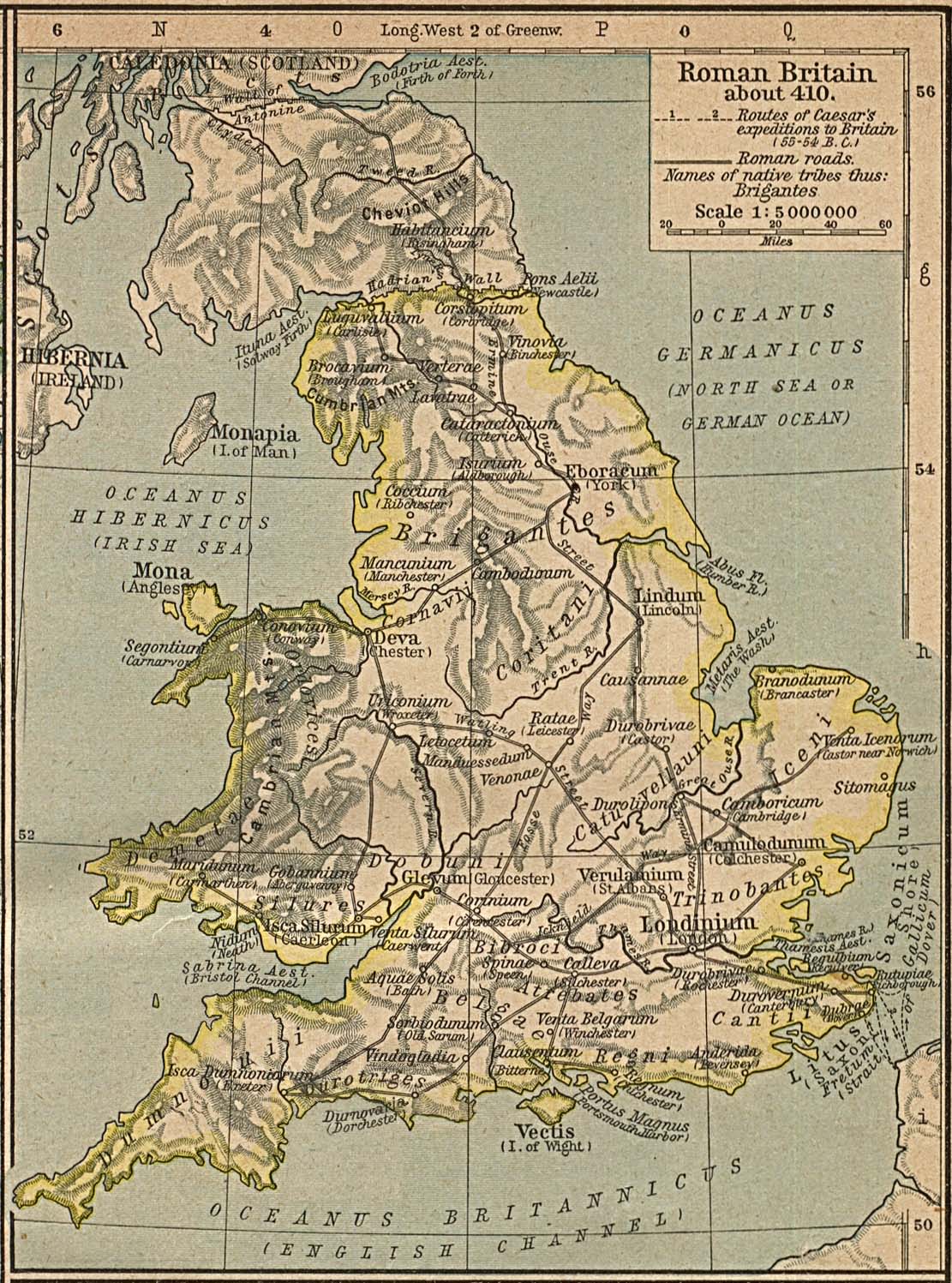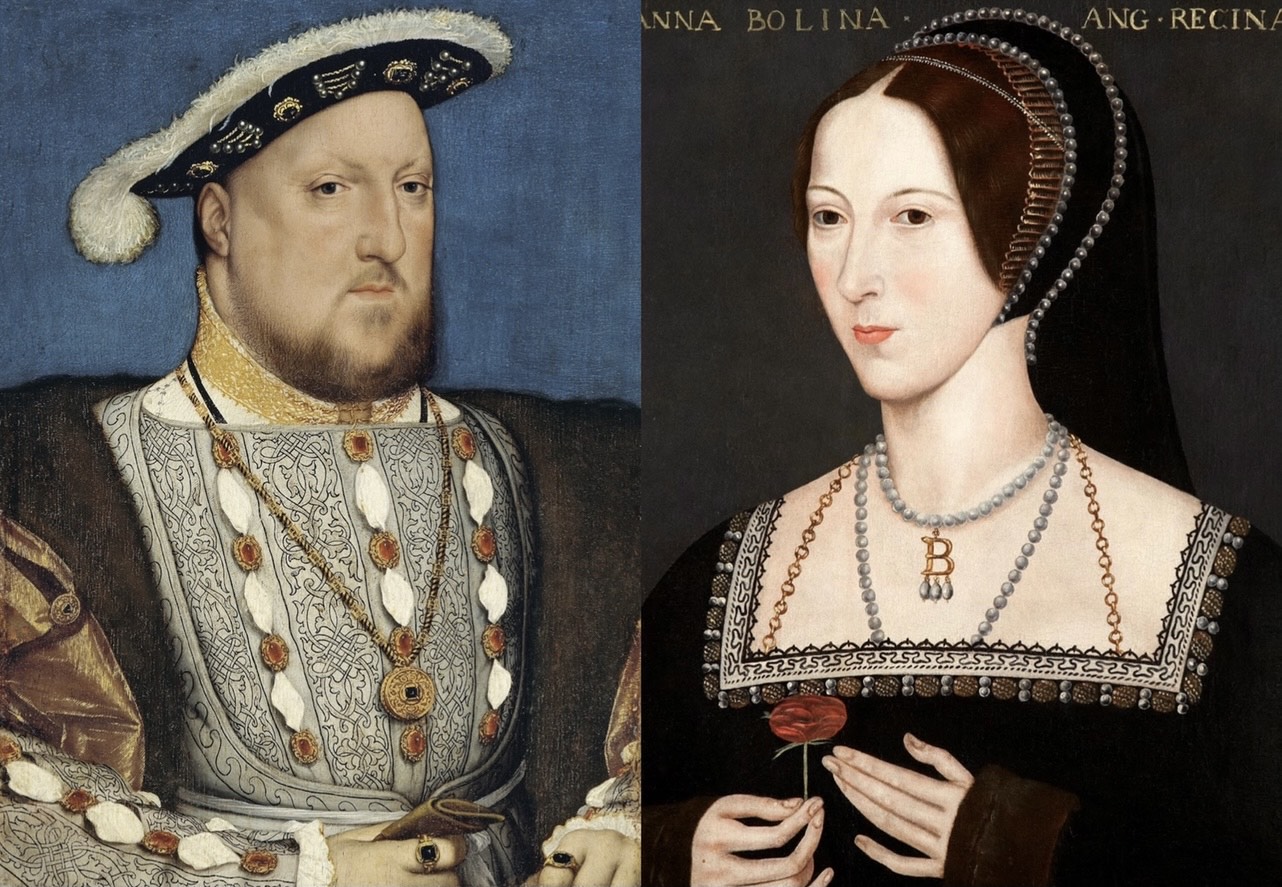|
Detinue
In tort law, detinue () is an action to recover for the wrongful taking of personal property. It is initiated by an individual who claims to have a greater right to their immediate possession than the current possessor. For an action in detinue to succeed, a claimant must first prove that he had better right to possession of the chattel than the defendant, and second, that the defendant refused to return the chattel once demanded by the claimant. Detinue allows for a remedy of damages for the value of the chattel, but unlike most other interference torts, detinue also allows for the recovery of the specific chattel being withheld. History Historically, detinue came in two forms: "detinue sur bailment" and "detinue sur trover". *In detinue sur bailment, the defendant is in a bailment relationship with the claimant and either refuses to return the chattel or else has negligently or intentionally lost or destroyed it. The onus is on the bailee to prove that the loss of the ch ... [...More Info...] [...Related Items...] OR: [Wikipedia] [Google] [Baidu] |
Trover
Trover () is a form of lawsuit in common law jurisdictions for recovery of damages for wrongful taking of personal property. Trover belongs to a series of remedies for such wrongful taking, its distinctive feature being recovery only for the value of whatever was taken, not for the recovery of the property itself (see replevin). Overview Although actions in trover can be traced to the time of Bracton, and later Edward I of England, it became more clearly defined later during the reign of Henry VI of England, 1422–1461 and 1470–1471. Action in trover became a mature legal doctrine during the reign of Elizabeth I of England, 1558–1603. Early trover cases involved the keeping or taking of a bailment by the bailee (the person charged to hold the property with "ordinary care"). Others concerned the use of lost chattels found by another and determining who was the real owner. Early on, there was difficulty in dealing with situations where chattels held by a bailee were used by a ... [...More Info...] [...Related Items...] OR: [Wikipedia] [Google] [Baidu] |
Conversion (law)
Conversion is an intentional tort consisting of "taking with the intent of exercising over the Personal property, chattel an ownership inconsistent with the real owner's right of possession". In England and Wales, it is a tort of strict liability. Its equivalents in criminal law include larceny or theft and criminal conversion. In those jurisdictions that recognise it, criminal conversion is a lesser crime than theft/larceny. Examples of conversion include: 1) Atamba cuts down and hauls away trees on land s/he knows is owned by Tonny, without permission or privilege to do so; and 2) Anthony takes furniture belonging to Delta and puts it into storage, without Delta's consent (and especially if Delta does not know where Anthony put it). A common act of conversion in medieval times involved bolts of cloth that were bailment, bailed for safekeeping, which the bailee or a third party took and made clothes for their own use or for sale. Many questions concerning joint ownership in en ... [...More Info...] [...Related Items...] OR: [Wikipedia] [Google] [Baidu] |
Replevin
Replevin () or claim and delivery (sometimes called revendication) is a legal remedy which enables a person to recover personal property taken wrongfully or unlawfully, and to obtain compensation for resulting losses. Etymology The word "replevin" is of Anglo-Norman origin and is the noun form of the verb "replevy". This comes from the Old French , derived from ("to pledge"), which is derived from the Latin ("to redeem a thing taken by another"). Nature In ''The Law of Torts'', John Fleming has written: In common law, several types of action existed with respect to deprivation of possession (being subdivided into the wrongful taking of chattels and the unjust detention of them, even where the original taking was lawful): * In the case of wrongful taking: ** A writ of replevin was available only for an unlawful taking in the nature of a wrongful distress, where restitution could be made for the goods wrongfully taken (being in the nature of a redelivery of the pledge or the ... [...More Info...] [...Related Items...] OR: [Wikipedia] [Google] [Baidu] |
Trover
Trover () is a form of lawsuit in common law jurisdictions for recovery of damages for wrongful taking of personal property. Trover belongs to a series of remedies for such wrongful taking, its distinctive feature being recovery only for the value of whatever was taken, not for the recovery of the property itself (see replevin). Overview Although actions in trover can be traced to the time of Bracton, and later Edward I of England, it became more clearly defined later during the reign of Henry VI of England, 1422–1461 and 1470–1471. Action in trover became a mature legal doctrine during the reign of Elizabeth I of England, 1558–1603. Early trover cases involved the keeping or taking of a bailment by the bailee (the person charged to hold the property with "ordinary care"). Others concerned the use of lost chattels found by another and determining who was the real owner. Early on, there was difficulty in dealing with situations where chattels held by a bailee were used by a ... [...More Info...] [...Related Items...] OR: [Wikipedia] [Google] [Baidu] |
Replevin
Replevin () or claim and delivery (sometimes called revendication) is a legal remedy which enables a person to recover personal property taken wrongfully or unlawfully, and to obtain compensation for resulting losses. Etymology The word "replevin" is of Anglo-Norman origin and is the noun form of the verb "replevy". This comes from the Old French , derived from ("to pledge"), which is derived from the Latin ("to redeem a thing taken by another"). Nature In ''The Law of Torts'', John Fleming has written: In common law, several types of action existed with respect to deprivation of possession (being subdivided into the wrongful taking of chattels and the unjust detention of them, even where the original taking was lawful): * In the case of wrongful taking: ** A writ of replevin was available only for an unlawful taking in the nature of a wrongful distress, where restitution could be made for the goods wrongfully taken (being in the nature of a redelivery of the pledge or the ... [...More Info...] [...Related Items...] OR: [Wikipedia] [Google] [Baidu] |
Torts (Interference With Goods) Act 1977
The Torts (Interference with Goods) Act 1977 (c. 32) is an act of Parliament to amend the law in England, Wales and Northern Ireland concerning conversion and other torts affecting goods. The passage of the law was prompted by the 18th Report of the Law Reform Committee, although the scope of the legislation is considerably reduced from the recommendations of the report. The act abolishes detinue and attempts to simplify the remaining actions in tort. See also *Trespass in English law Trespass in English law is an area of English tort law, tort law broadly divided into three groups: trespass to the person, trespass to goods, and trespass to land. Trespass to the person comes in three variants: assault, which is "to act in s ... References English tort law United Kingdom Acts of Parliament 1977 {{UK-statute-stub ... [...More Info...] [...Related Items...] OR: [Wikipedia] [Google] [Baidu] |
Writ De Proprietate Probanda
In common law, a writ is a formal written order issued by a body with administrative or judicial jurisdiction; in modern usage, this body is generally a court. Warrants, prerogative writs, subpoenas, and ''certiorari'' are common types of writs, but many forms exist and have existed. In its earliest form, a writ was simply a written order made by the English monarch to a specified person to undertake a specified action; for example, in the feudal era, a military summons by the king to one of his tenants-in-chief to appear dressed for battle with retinue at a specific place and time. An early usage survives in the United Kingdom, Canada, and Australia in a writ of election, which is a written order issued on behalf of the monarch (in Canada, by the Governor General and, in Australia, by the Governor-General for elections for the House of Representatives, or state governors for state elections) to local officials ( High sheriffs of every county in the United Kingdom) to hold a ge ... [...More Info...] [...Related Items...] OR: [Wikipedia] [Google] [Baidu] |
Writ Of Right
In common law, a writ is a formal written order issued by a body with administrative or judicial jurisdiction; in modern usage, this body is generally a court. Warrants, prerogative writs, subpoenas, and ''certiorari'' are common types of writs, but many forms exist and have existed. In its earliest form, a writ was simply a written order made by the English monarch to a specified person to undertake a specified action; for example, in the feudal era, a military summons by the king to one of his tenants-in-chief to appear dressed for battle with retinue at a specific place and time. An early usage survives in the United Kingdom, Canada, and Australia in a writ of election, which is a written order issued on behalf of the monarch (in Canada, by the Governor General and, in Australia, by the Governor-General for elections for the House of Representatives, or state governors for state elections) to local officials ( High sheriffs of every county in the United Kingdom) to hold a gen ... [...More Info...] [...Related Items...] OR: [Wikipedia] [Google] [Baidu] |
Trespass To Chattels
Trespass to chattels, also called trespass to personalty or trespass to personal property, is a tort whereby the infringing party has intentionally (or, in Australia, negligently) interfered with another person's lawful possession of a chattel (movable personal property). The interference can be any physical contact with the chattel in a quantifiable way, or any dispossession of the chattel (whether by taking it, destroying it, or barring the owner's access to it). As opposed to the greater wrong of conversion, trespass to chattels is argued to be actionable ''per se''. The origin of the concept comes from the original writ of trespass ''de bonis asportatis''. As in most other forms of trespass, remedy can only be obtained once it is proven that there was direct interference regardless of damage being done, and the infringing party has failed to disprove either negligence or intent. In some common-law countries, such as the United States and Canada, a remedy for trespass t ... [...More Info...] [...Related Items...] OR: [Wikipedia] [Google] [Baidu] |
England And Wales
England and Wales () is one of the Law of the United Kingdom#Legal jurisdictions, three legal jurisdictions of the United Kingdom. It covers the constituent countries England and Wales and was formed by the Laws in Wales Acts 1535 and 1542. The substantive law of the jurisdiction is English law. The Welsh devolution, devolved Senedd (Welsh Parliament; ) – previously named the National Assembly for Wales – was created in 1999 under the Government of Wales Act 1998 and provides a degree of Self-governance, self-government in Wales. The powers of the legislature were expanded by the Government of Wales Act 2006, which allows it to pass Welsh law, its own laws, and the Act also formally separated the Welsh Government from the Senedd. There is currently no Devolved English parliament, equivalent body for England, which is directly governed by the parliament and government of the United Kingdom. History of jurisdiction During the Roman occupation of Britain, the area of presen ... [...More Info...] [...Related Items...] OR: [Wikipedia] [Google] [Baidu] |
Edward I Of England
Edward I (17/18 June 1239 – 7 July 1307), also known as Edward Longshanks and the Hammer of the Scots (Latin: Malleus Scotorum), was King of England from 1272 to 1307. Concurrently, he was Lord of Ireland, and from 1254 to 1306 ruled Duchy of Gascony, Gascony as Duke of Aquitaine in his capacity as a vassal of the French king. Before his accession to the throne, he was commonly referred to as the Lord Edward. The eldest son of Henry III of England, Henry III, Edward was involved from an early age in the political intrigues of his father's reign. In 1259, he briefly sided with a baronial reform movement, supporting the Provisions of Oxford. After reconciling with his father, he remained loyal throughout the subsequent armed conflict, known as the Second Barons' War. After the Battle of Lewes, Edward was held hostage by the rebellious barons, but escaped after a few months and defeated the baronial leader Simon de Montfort at the Battle of Evesham in 1 ... [...More Info...] [...Related Items...] OR: [Wikipedia] [Google] [Baidu] |
Elizabeth I Of England
Elizabeth I (7 September 153324 March 1603) was Queen of England and Ireland from 17 November 1558 until her death in 1603. She was the last and longest reigning monarch of the House of Tudor. Her eventful reign, and its effect on history and culture, gave name to the Elizabethan era. Elizabeth was the only surviving child of Henry VIII and his second wife, Anne Boleyn. When Elizabeth was two years old, her parents' marriage was annulled, her mother was executed, and Elizabeth was declared illegitimate. Henry restored her to the line of succession when she was 10. After Henry's death in 1547, Elizabeth's younger half-brother Edward VI ruled until his own death in 1553, bequeathing the crown to a Protestant cousin, Lady Jane Grey, and ignoring the claims of his two half-sisters, Mary and Elizabeth, despite statutes to the contrary. Edward's will was quickly set aside and the Catholic Mary became queen, deposing Jane. During Mary's reign, Elizabeth was imprisoned fo ... [...More Info...] [...Related Items...] OR: [Wikipedia] [Google] [Baidu] |





